Author’s note: This is just my opinion. You may have a very different list of the top 5 films of the year. Also, I haven’t seen a couple of films that come very highly rated, in particular, Pig with Nicolas Cage, and Denis Vileneuve’s Dune. Both of those films get honourable mentions, and would more than likely get on this list if I had seen them. Also at the time of writing, The Matrix: Resurrections is yet to be released, but is another strong candidate.
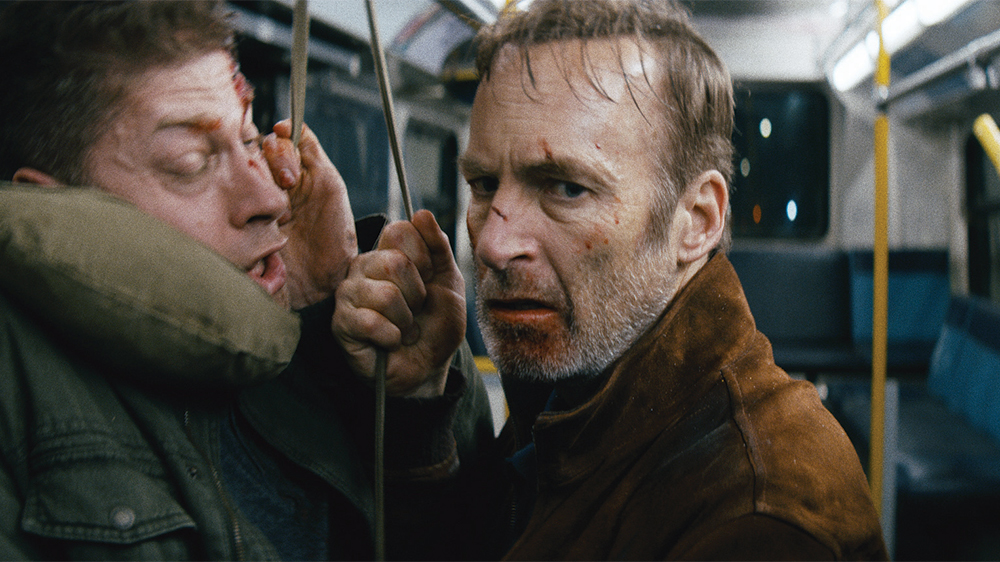
5. Nobody
For better or worse, John Wick – initially a film that even the studio that produced it didn’t have a lot of faith in – has changed the action film landscape. Especially when dealing with the one-man army archetype, comparisons between any film that comes out along those lines and Wick will be inevitable for years to come. What makes Nobody stand out is Bob Odenkirk. Taking a lot of the charm that made his career-defining role of Breaking Bad’s lawyer with a plan Saul Goodman an icon, Odenkirk makes Hutch Mansell into a much more nuanced, three-dimensional character than Reeves’ Wick or Theron’s Lorraine Broughton.
While these two are undeniable bad-asses from the outset, Mansell has “let the rust set in”. This is best exemplified by the opening action scene, where after being triggered by a separate event, Hutch elects to engage some scumbags who are hassling a woman on a bus. He makes a great show of pulling out his revolver and unloading it, clearly indicating he’s gonna take four guys on with his bare hands. What would normally be played as a straight-down-the-line establishment of the character’s bad-ass credentials, the scene is actually quite comical, with Hutch taking more than a few hits from the men, before eventually beating them down.
What follows is an interesting character study of a man who left a certain life behind to begin a new one – but how ultimately that is easier said than done. Hutch is a brow-beaten, emasculated suburban husband, often forgetting to take the trash out, and playing third-fiddle at a business owned by his father and brother-in-law. It’s clear that when he walked away from his former, more exotic lifestyle, this wasn’t exactly the kind of suburban bliss he had envisioned for himself.
It’s a film that is as much about the expectations and disappointments of “growing up” as it is a kick-ass action movie. Not that it skimps on this either – as Hutch slowly reaches out to former contacts, he attracts the attention of a Russian gangster. There are two sequences – one set in a nightclub, and the climax set it in a warehouse that has elements of a deadlier Home Alone about it as Hutch sets a bunch of traps for the encroaching goons – that are highlights. Ultimately, Nobody is better than it has any right to be, and the acting and characterisation elevate it above the many b-grade Wick clones made since 2014.
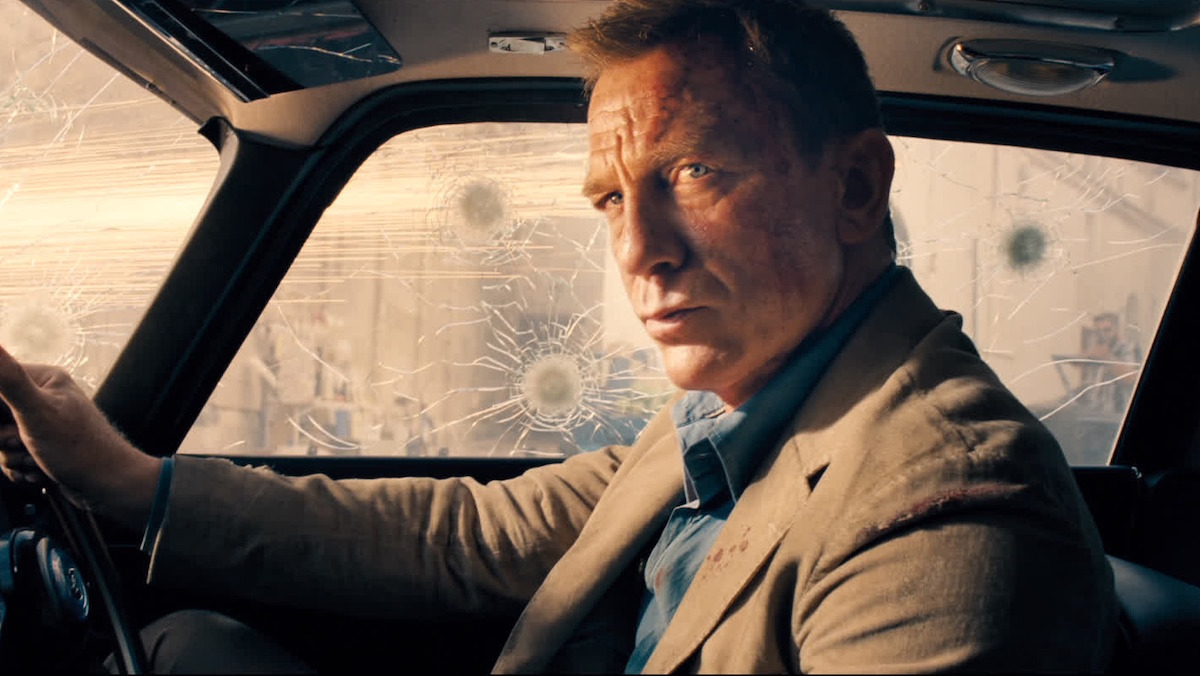
4. No Time to Die
Legacy and nostalgia are undoubtedly the dominant currency in Hollywood right now. Unless your name happens to be among the likes of Spielberg, Scorsese, Tarantino or Nolan, major studios are simply not backing original ideas in blockbuster film-making. This has led to plenty of mediocrity at the multiplexes over the past 10-12 years, but also the odd gem, that both respects where the story comes from, and then uses these established parts as groundwork to push the franchise forward. After the misfire that was Spectre, I’m glad to say as a Bond fan that No Time to Die did all that and more.
Craig’s Bond has always been a bit of a different beast to his predecessors. It’s difficult to place him among the other five actors who have taken the role. He’s most distant from the likes of Moore and Brosnan, whose tenures were a bit more cartoonish and stretched suspension of disbelief (films like Moonraker and Die Another Day are far from the conversations about the classics of the franchise). He has been compared to Connery, and a lot of what he’s done in the role – Skyfall stands out as a particular example – is definitely informed by the original man to inhabit the tux. He also has a lot of Dalton to him – despite his time in the role only amounting to two films, his Bond was defined by a cold fury, a detached killer who was more hitman than spy in a lot of ways. Craig’s early work in the role, Casino Royale and Quantum of Solace, are definitely reflective of this.
But No Time to Die is perhaps most informed by one of the most overlooked films in the Bond canon – On Her Majesty’s Secret Service. From the overt references – the repeated line “we have all the time in the world” – to the more subtle nods in Zimmer’s score, this underrated outing – the first and only for Australian George Lazenby – is one of the film’s strongest influences. Because for all the flashy action, the wrapping up of loose plot threads across the four prior films, and the rush to stop a madman from destroying the world, No Time to Die is at its core a love story. Madeline Swan – a character given somewhat short shrift in Spectre – is more fleshed out this time around, and it takes the time to understand the relationship between her and Bond. Despite their respective, massively complicated baggage, they manage to make it work – which makes the tragic end all the more impactful.
No Time to Die is an inspired entry into the long-running franchise. Director Cary Joji Fukunaga embraces what has come before while making his own mark on the storytelling, producing a film that feels both familiar and refreshing. At a time when Hollywood is producing a lot of mediocre reboots, sequels and adaptations, No Time to Die is a good example of the people behind the scenes taking a quality approach to existing source material.
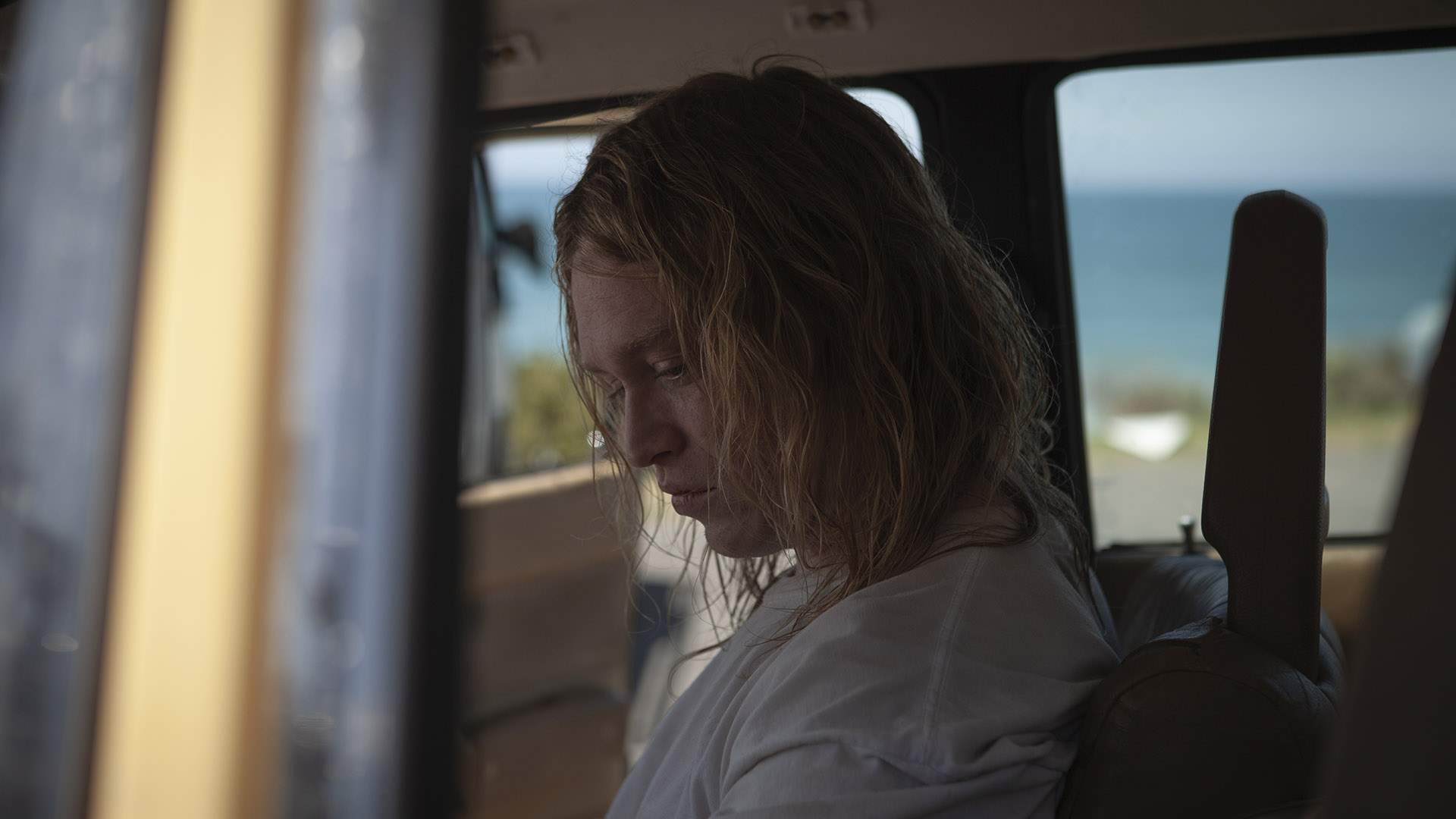
3. Nitram
“When he was a little boy we used to play a game at the fabric shop in town. He’d go off and hide in all the big tall rolls of fabric, and then I’d try and find him. He loved it. But then this one day, I went to find him, and he wasn’t there. I looked everywhere. Not in the silks, not in the cottons. I ran into all the shops, strangers were stopping to help me, tears streaming down my face. I gave up, went back to the car – but then, I heard someone laughing. I looked around, and there he was, lying on the floor of the backseat. Looking up at me, laughing at my pain.”
This chilling quote – intended as a warning from one character to another – is part of what is used to establish the titular character in Justin Kurzel’s latest film, Nitram. Despite objections from certain sections of the community, Kurzel forged ahead with this project – an attempt to examine the man behind the horrific tragedy of Port Arthur. It is by no means a comfortable watch – the director is unflinching with his camera, pointing it at scenes that are truly bizarre – from Nitram trying to impress school boys by letting off fireworks outside the fence at lunchtime, to his childlike responses to simple requests from his long-suffering mother. We are offered a glimpse inside the occasionally mundane, often bizarre day-to-day of this future monster.
Kurzel doesn’t attempt to engender any sympathy for Nitram. Indeed, the most sympathetic characters are those around him, as they try to engage with him but ultimately as an audience member we are made to feel like it must to them – talking to a brick wall. Rachel Davis and Anthony LaPaglia as his parents are of particular note here, as they try their hardest to get a man who is abnormal by nature to try and act like other men his age. A brief respite is offered when Nitram meets Helen, a lonely woman, and the two form an unlikely bond. However this is short-lived after tragedy strikes, and Nitram begins to go down a dark path.
Part of the difficulty in watching this film is knowing where that dark path will inevitably lead. I found myself with a pit in my stomach while watching this film. While difficult to recommend as entertainment in the strictest sense of the word, it is undeniably compelling – and something very different. It is anchored by the performances – I’ve already mentioned LaPaglia and Davis, who are both exceptional, but Caleb Landry-Jones inhabits the role of Nitram to an uncomfortable degree – I haven’t seen an actor lose himself like this in a performance in a very long time. This is by no means an easy film to watch, but it is certainly an interesting one, and something that after watching it stuck with me.
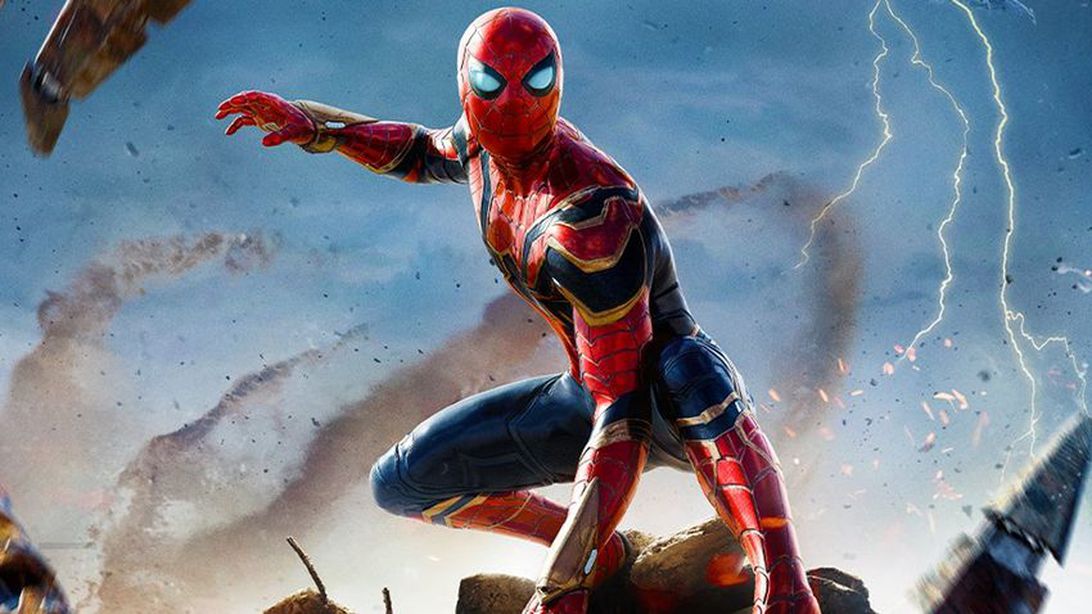
2. Spider-Man: No Way Home
Despite the character’s ubiquitous popularity, the notion of a third cinematic outing that is pleasing to critics and fans alike has until now eluded the wall-crawler. From the much-maligned 2007 attempt by Sam Raimi, to the planned but not executed next entry in the Amazing Spider-Man franchise, there is almost a “curse” attached to the third entry in the previous attempts at bringing Marvel’s most popular hero to the big screen.
Enter the MCU. After the mixed critical and commercial response to Webb/Garfield’s second collaboration in 2014’s Amazing Spider-Man 2, the decision was made to reboot the character yet again, and a deal was struck between Marvel and Sony Pictures to allow the character to fulfil a dream long-held by fans – to see Spider-Man with the likes of Iron Man, Captain America et al. After three team-up films and two solo outings, the deal continues to bear fruit for both parties – as evidenced in this latest outing.
After the events of Spider-Man: Far from Home, we pick up right where we left off, with Marvel’s version of J. Jonah Jameson – a clever update to the blustering newspaper editor in an Alex Jones-parodying loud, obnoxious “news” host – declaring Spider-Man Public Enemy No. 1, after his identity is revealed to the world. After a frantic scramble to May’s and a quick check-in with a lawyer, he is cleared of criminal charges – but as that said lawyer eloquently puts it, there’s also the “court of public opinion”. Many believe Mysterio’s version of events, and Peter cannot go anywhere without being hassled by the media.
After his friends are rejected from every college they apply for as a direct result of being associated with him, Peter decides to take action. Asking for help from Dr. Strange, the plan the two formulate ultimately backfires, resulting in Strange opening up multiversal cracks that allow familiar faces from the character’s past adaptations to come through. It is here the film really takes off, as Peter is tasked with bringing these characters in so they can be returned to their respective homes.
A not-quite-Avengers level balancing act between the MCU’s pre-existing timeline, the fan expectations of bringing iconic villains like Dafoe’s Goblin and Molina’s Doc Ock back into the fray, and crafting a film that centres on Spider-Man as a character is a tricky juggling act on paper – but Watts proves himself as more than up to the task. This film does several things well, perhaps most notably it doesn’t waste these appearances. The Green Goblin has always been Spider-Man’s arch-nemesis, and the decision to bring him into the fold is one that pays dividends – he strikes Peter a devastating blow whose fallout will be felt well into Spider-Man’s future. This typifies what makes the film a success – blending these three different universes had a lot of potential to blow up in the film-maker’s faces, but it is ultimately what makes the film such a triumph.
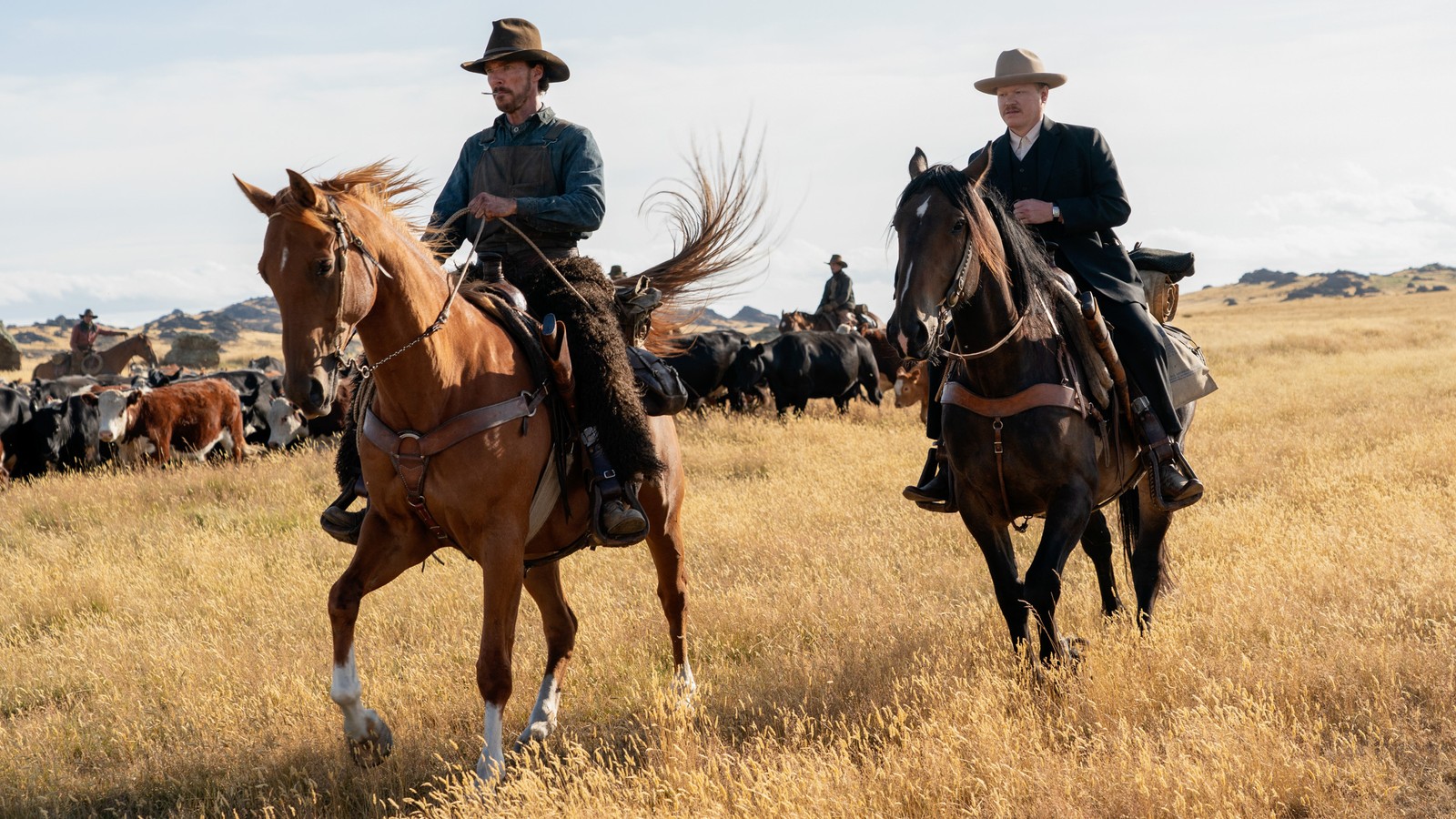
1. The Power of the Dog
In her first feature film since 2009, Jane Campion delivers a taut, emotional deconstruction of the Western, zeroing in on the falsehoods and double standards of the toxic masculinity inherent to the storytelling in the genre. Backed by a great ensemble task led by a career-best turn by Benedict Cumberbatch, The Power of the Dog stands as a unique, beautiful film that reminds us why Jane Campion is one of the best in the business – and that films more focused on character and drama rather than flashy action sequences still have a place in the cinematic landscape.
After driving their herd across the Montana plains, brothers Phil and George Burbank line up shots at the saloon after a hard day’s ride. Phil is brusque and hard – barely speaking unless it’s to cajole or insult his brother. They make their way next door to a guest house for dinner, and the odd, effeminate son of the widow who runs it draws Phil’s ire. He mocks the boy, causing the widow to cry. As they leave, George stays behind, offering Rose a kindly ear. A relationship quickly develops between them, and George marries Rose, bringing her to the ranch he and Phil have shared for 20 years.
Phil is a man clearly used to his set way of doing things, and this interruption to his routine causes him distress – which he expresses by lashing out at Rose. Their conflict comes to a head when George asks Rose to practice on the piano so she might entertain some guests at an upcoming dinner party, but Phil puts her off by intimidation. After the college semester ends, Rose’s boy Peter comes to live at the ranch, and the unlikely bond formed between Phil and Peter is the film’s primary focus from that point.
The Power of the Dog is a beautiful, complex film. It deals with regret, loss, self-loathing, shame, and the complex and fragile nature of the “man’s man” form of masculinity that was dying out at the time the film was set. The rugged individuality encouraged by the myth of the Old West and the cowboy was being replaced by urban conformity, and in many ways, these two schools of thought are embodied in Phil and Peter respectively. However, Phil is hiding something, and the conflicted nature of his personality means that the more we get to know the character, the further he moves from villain of the piece to a sympathetic character. Peter is on the surface a perfect example of modern masculinity, but is also hiding a darker side.
The film is masterfully shot, with the wide angles and sweeping vistas typical of the genre very much on display. Otago substitutes Montana in this instance, but it’s very hard to tell the difference. The cinematography is matched in the production design, with a lot of the buildings being built practically – the sprawling, somewhat dilapidated mansion inhabited by the Burbank brothers is a highlight. In addition, the performances are brilliant, with each of the four main actors bringing their best to their respective roles.
All in all, Power of the Dog is a master film-maker at her best. The Oscar buzz surrounding it will come as little surprise to those who have seen it. If you haven’t, make sure you take some time and do so, as it’s the best film of the year (again, in my opinion).
Subscribe to FIB’s Weekly Breaking News Report for your weekly dose of music, fashion and pop culture news!







